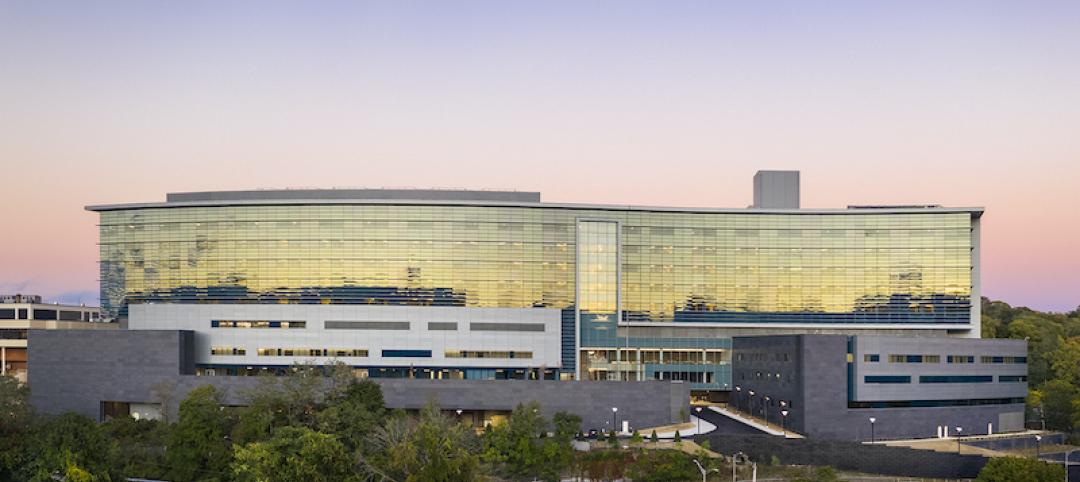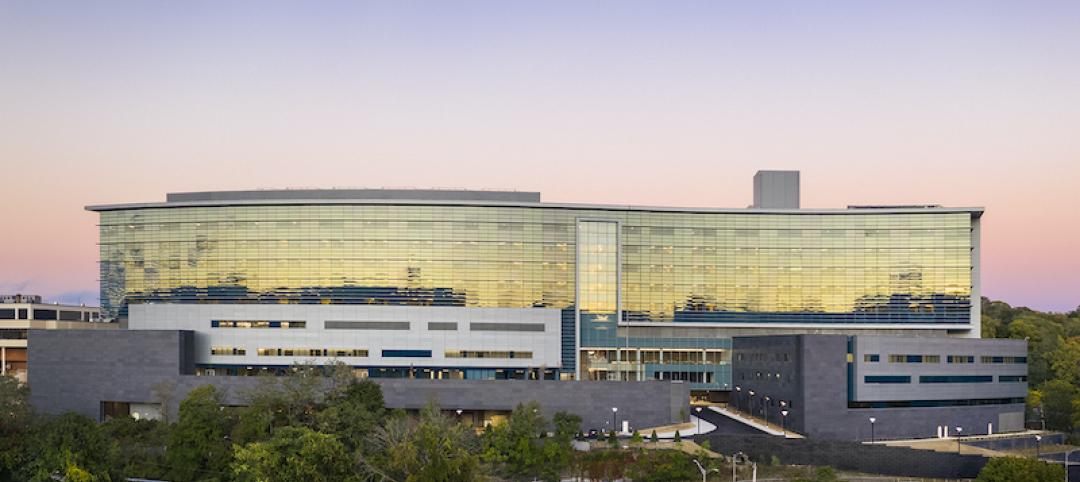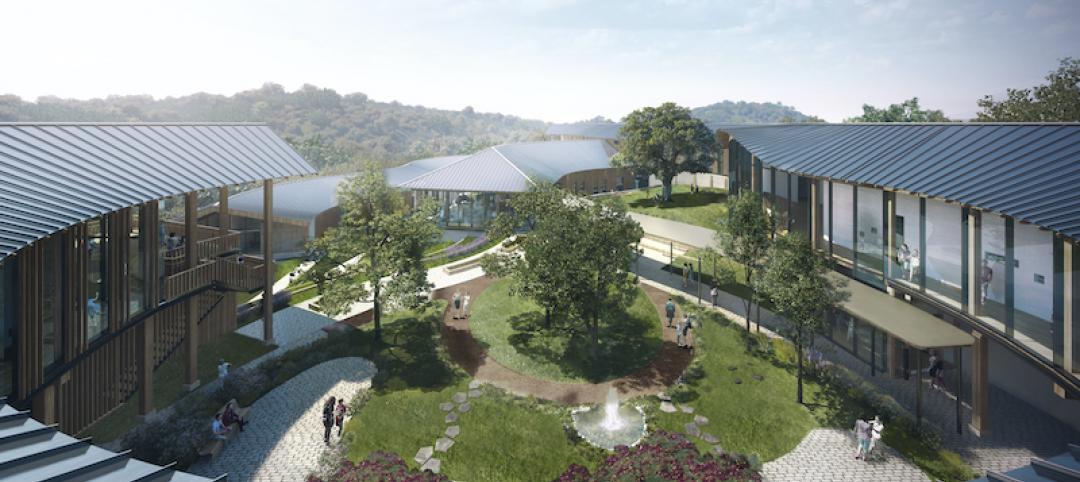The nearly 7,100 urgent care centers operating in the U.S. see nearly 160 million patients a year, according to the latest estimate by the Urgent Care Association of America (UCAOA). To say the competition for these patients is fierce would be an understatement: Urgent care is about as close to retail as healthcare gets.
According to the UCAOA’s 2015 “Benchmarking Survey,” urgi-centers are open an average 4,100 hours a year (equivalent to about 12 hours a day); 96% are open seven days a week. One-third (34.1%) are located in shopping centers or strip malls; another third (33.2%) are in freestanding buildings. The rest are in medical office buildings (19.1%) and mixed-used facilities (13.6%). Physician groups and investors own the greatest share of urgi-clinics, nearly 40%.
For-profit retail chains predominate, led by the Concentra division of Select Medical (300 urgi-centers in 40 states) and U.S. HealthWorks Medical Group (174 centers, 21 states). Corporate and non-physician investors control 23% of urgi-clinics, according to the UCAOA.
Health systems have been developing their own networks of urgent care clinics. Hospitals, either individually or in joint ventures, run 37% of U.S. urgent care centers. Ted Matson, Vice President of Strategy for Sutter Health, which operates 24 urgent cares in Sacramento, Calif., recently compared these clinics to retail shopping centers because they provide lower cost and faster service compared to visiting a doctor’s office.
Other health systems with multiple urgent care centers in their portfolios: Dignity Health, which operates 41 urgi-clinics under its banner, with eight more planned for this year (in 2013, Dignity acquired U.S. HealthWorks, which operates more than 200 occupational health and urgent care centers in 22 states); Centra Care – Florida, Maryland, and Kansas (38); Aurora Health Care – Wisconsin (34); Intermountain Health Care – Utah (32, plus six co-located pediatric urgent care centers); and Carolinas HealthCare System – North Carolina (29).
“Design is now focused on branding,” says Luis Cano, AIA, LEED AP, EDAC, NCARB, Principal and Senior Vice President in the Miami office of Gresham Smith and Partners.
GS&P designed its first urgent care center 14 years ago. Since then its healthcare work has been exclusively for hospitals, which see urgent care as a way to “project their influence into geographic areas where they otherwise wouldn’t be,” says Cano. Architecturally, he says, the brand “perpetuates the cohesiveness of the healthcare system.”
GS&P’s hospital clients don’t usually come in with preconceived ideas for the design of their clinics, but they do know what works for them, says Cano. “They listen to us, and what we come up with could be a different solution for each client,” he says.
GS&P is the architect on two urgent care centers for Jackson Health System, which last September opened its first UHealth Jackson Urgent Care center, a 4,100-sf facility in Miami’s Country Walk Plaza. In 2017, Jackson Health System plans to open urgi-cinics in North Miami, Doral, and Cutler Bay, and at its existing North Dade Health Center, Miami Gardens.
Other AEC firms involved in UHealth Jackson projects: MGE Architects, G&G Engineering Group, Gartek Engineering, RC Construction, Harbour Construction, and BDI Construction.
Brian Martin, AIA, LEED AP, EDAC, Senior Designer in SmithGroupJJR’s Healthcare Studio, in Washington, D.C., is also seeing urgent care centers popping up in local retail spaces. “We have to design them for the specific needs of their locations,” which he says limits his firm’s leeway over the design.
Urgent care centers are considered ambulatory construction, using a B-plus business occupancy standard. Their construction budgets are bare bones. “They are not intended to be flagships,” says Martin.
Martin believes the Walmartization of healthcare at the retail level will continue. His firm has worked with one of the nation’s biggest healthcare systems, Kaiser Permanente, to develop what could be a template for urgent care centers. “The providers are realizing cost efficiencies on their own,” he says.
Related Stories
Healthcare Facilities | Feb 18, 2021
The Weekly show, Feb 18, 2021: What patients want from healthcare facilities, and Post-COVID retail trends
This week on The Weekly show, BD+C editors speak with AEC industry leaders from JLL and Landini Associates about what patients want from healthcare facilities, based on JLL's recent survey of 4,015 patients, and making online sales work for a retail sector recovery.
Healthcare Facilities | Feb 5, 2021
Healthcare design in a post-COVID world
COVID-19’s spread exposed cracks in the healthcare sector, but also opportunities in this sector for AEC firms.
Healthcare Facilities | Feb 3, 2021
$545 million patient pavilion at Vassar Brothers Medical Center completes
CallisonRTKL designed the project.
Modular Building | Jan 26, 2021
Offsite manufacturing startup iBUILT positions itself to reduce commercial developers’ risks
iBUILT plans to double its production capacity this year, and usher in more technology and automation to the delivery process.
Healthcare Facilities | Jan 16, 2021
New patient pavilion is Poughkeepsie, N.Y.’s largest construction project to date
The pavilion includes a 66-room Emergency Department.
Healthcare Facilities | Jan 9, 2021
As mental healthcare is destigmatized, demand for treatment centers is rising
NBBJ is among the firms tapping into this trend.
Giants 400 | Dec 16, 2020
Download a PDF of all 2020 Giants 400 Rankings
This 70-page PDF features AEC firm rankings across 51 building sectors, disciplines, and specialty services.
Healthcare Facilities | Dec 10, 2020
The Weekly show: The future of medical office buildings, and virtual internship programs
This week on The Weekly show, BD+C editors spoke with leaders from SMRT Architects and Engineers and Stantec about the future of medical office buildings, and virtual internship programs
Healthcare Facilities | Dec 4, 2020
What hospitals can learn from research labs
5 infection control principles used in high-containment facilities.
Giants 400 | Dec 3, 2020
2020 Science & Technology Facilities Giants: Top architecture, engineering, and construction firms in the S+T sector
HDR, Jacobs, and Turner head BD+C's rankings of the nation's largest science and technology (S+T) facilities sector architecture, engineering, and construction firms, as reported in the 2020 Giants 400 Report.

















